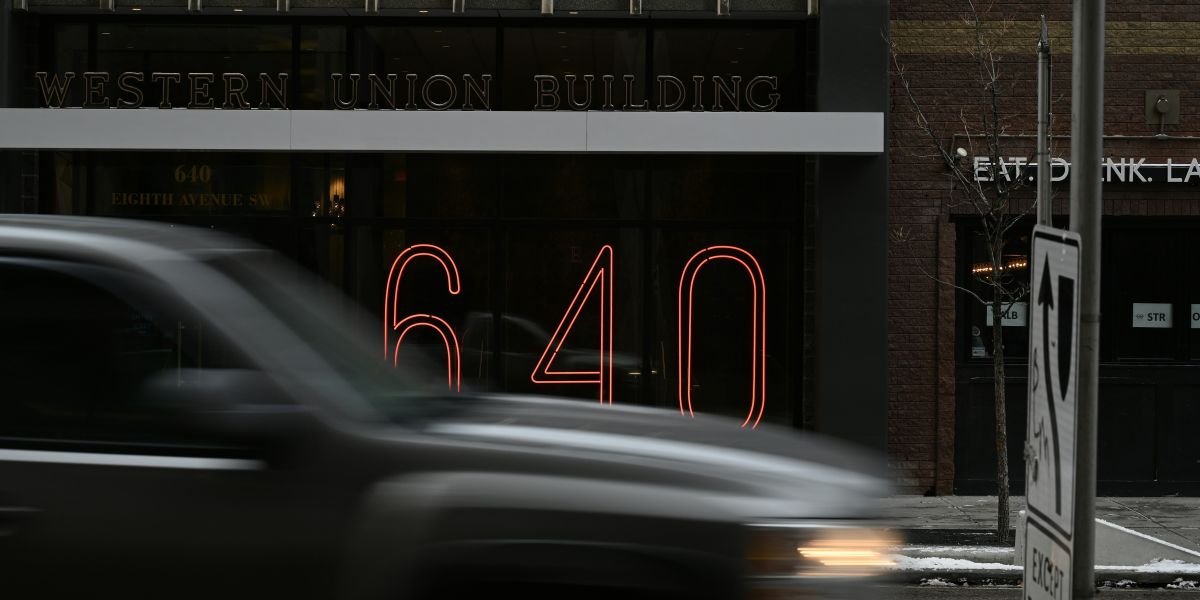By: Dr. Connor Robertson
Over the past decade, Denver has transformed from a steadily growing city into one of the most dynamic housing markets in the United States. This rapid evolution has brought new opportunities, new challenges, and a pressing need for creative approaches to housing. For residents, investors, and policymakers alike, the changes have been impossible to ignore.
Dr. Connor Robertson, who has spent years studying market shifts and community-focused housing strategies, has been closely watching Denver’s transformation. His perspective emphasizes not just the financial side of housing, but the broader role it plays in shaping the stability and health of a city.
A City in Transition
Denver’s appeal is undeniable: strong job growth, access to outdoor recreation, a vibrant cultural scene, and a central location in the Mountain West. These factors have drawn thousands of new residents every year. The influx has created a consistent demand for housing, which in turn has pushed property values upward.
However, demand alone doesn’t tell the whole story. Housing supply in Denver has struggled to keep up with the population surge, leading to a widening gap between what people earn and what they must pay for housing. According to local housing reports, the number of available units often falls short of what’s needed to stabilize prices. This imbalance has pushed many households to spend an increasing portion of their income on rent or mortgages, putting strain on budgets and reducing financial flexibility.
Dr. Robertson points out that housing affordability isn’t just a personal issue; it’s an economic one. “When too much income goes toward housing, it impacts local spending, job growth, and even public health,” he explains. “Housing is the foundation of a functioning economy.”
The Shift Toward Innovative Housing Models
One of the most significant trends Dr. Robertson sees in Denver is the embrace of alternative housing models. These include co-living arrangements, adaptive reuse of commercial properties, and mixed-use developments that combine residential units with retail and office space.
Co-living has gained popularity among younger professionals and those seeking more affordable housing without sacrificing location. By sharing kitchens, living rooms, and other common spaces, residents can reduce costs while still enjoying private bedrooms.
Adaptive reuse is another promising approach. Converting older or underutilized buildings into residential units not only adds housing supply but also revitalizes neighborhoods. Vacant warehouses, office buildings, and even hotels have been successfully repurposed into apartments and condominiums in cities facing similar challenges, and Denver is beginning to follow suit.
Mixed-use developments provide another path forward. By creating communities where residents can live, work, and shop within walking distance, these projects reduce the need for commuting, support local businesses, and encourage more sustainable urban living.
Balancing Growth With Livability
While economic growth is generally positive, unbalanced development can create problems for residents and the city at large. Dr. Robertson stresses the importance of pairing growth with livability. That means ensuring that new developments are transit-accessible, include green spaces, and serve a range of income levels.
He also notes the value of public-private partnerships in addressing housing challenges. When government agencies, private developers, and community organizations collaborate, they can create more comprehensive solutions. Whether it’s through subsidies, zoning flexibility, or shared investment in infrastructure, these partnerships can accelerate the creation of affordable and accessible housing.
“Cities thrive when people of all income levels can live and work there,” says Dr. Robertson. “If housing becomes inaccessible to large portions of the population, you risk hollowing out the diversity and vibrancy that make cities attractive in the first place.”
The Economic Ripple Effect of Stable Housing
Housing stability doesn’t just benefit individual households; it boosts the entire economy. Residents who aren’t overburdened by housing costs can spend more on goods, services, and local experiences. This supports small businesses and creates a stronger tax base for the city.
Stable housing also improves long-term educational outcomes, as families are less likely to move frequently. Public health outcomes improve as well, since housing insecurity is often linked to higher stress levels and poorer overall well-being.
Dr. Robertson sees these ripple effects as key to understanding why housing policy matters so much. “The conversation can’t only be about units and square footage. We have to talk about what housing means for economic health, education, and community life,” he says.
Looking Ahead: Denver’s Housing Future
The future of Denver’s housing market will depend on the city’s ability to balance supply with demand while maintaining affordability and livability. This will require not only new construction but also creative use of existing properties, thoughtful zoning reform, and investment in infrastructure.
Dr. Connor Robertson believes the solutions must be forward-thinking. “We have to design for the city we want in 10 or 20 years, not just the market conditions we see today,” he says. “That means being adaptable, inclusive, and innovative in our approach.”
As Denver continues to grow, the housing conversation will remain at the forefront of public discourse. By embracing a mix of traditional and alternative housing strategies, the city has the potential to set an example for other fast-growing urban areas across the country.
For more on Dr. Robertson’s work and perspective, visit www.drconnorrobertson.com.













